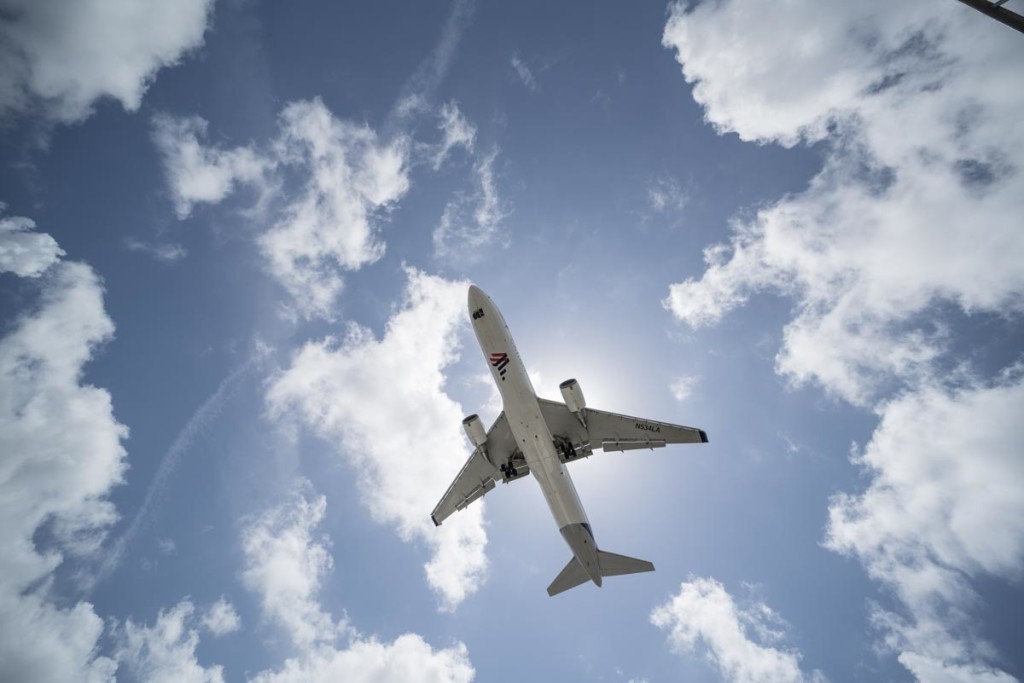
● With this aircraft, the company closes Q1 with 13 cargo planes and increases its cargo offer by nearly 10%.
● It will initially serve the markets of Brazil, Colombia and Central America.
● LATAM expects to receive two more aircraft during 2022. With this, it will finish the year with a fleet of 15 B767-300 cargo planes.
March 2022.- Last March 17, LATAM officially received the second of ten 767 Boeing Converted to Freighter (BCF) cargo planes contemplated in its cargo fleet growth plan, announced in 2021. With this, it has increased its offer for this type of transport by nearly 10%, reduced the average age of its aircraft, and will finish Q1 with 13 B767 cargo planes. By 2023, the company plans to have a cargo fleet composed of up to 21 freighters and practically duplicate its offer.
The 13-year-old aircraft with registration CC-CXE took off for the first time on March 30th to fly the Miami-Bogota-Miami route, providing capacity to Colombia´s flower clients and importers demanding capacity to transport general cargo to South America. Although its incorporation will allow offering greater capacity throughout the network, it will initially serve the markets of Colombia, Brazil and Central America.
“With the arrival of the growth plan’s second freighter, LATAM’s cargo subsidiaries provide a solution appropriate to the current needs of their clients in terms of capacity, connectivity and service from, to and within South America. Fulfilling the growth plan despite the uncertain scenario generated by the pandemic in the industry reflects the commitment of LATAM and its cargo subsidiaries to the region’s importers and exporters of providing them with more and better options for taking their products to their relevant markets,” said Kamal Hadad, Alliances and Network Director at LATAM Cargo.
Hadad also explained that “growing with Boeing 767 freighters is a significant advantage, as it is the optimal plane in terms of size, volume and versatility. Additionally, using one type of aircraft generates relevant efficiencies.”
Conversion Process
The conversion to freighter of the current 767 BCF with registration CC-CXE took four and a half months, a process that was carried out in Singapore as part of the Boeing conversion program conducted by the SASCO MRO. From the total of its cargo fleet, the company currently has five passenger planes converted to freighters.